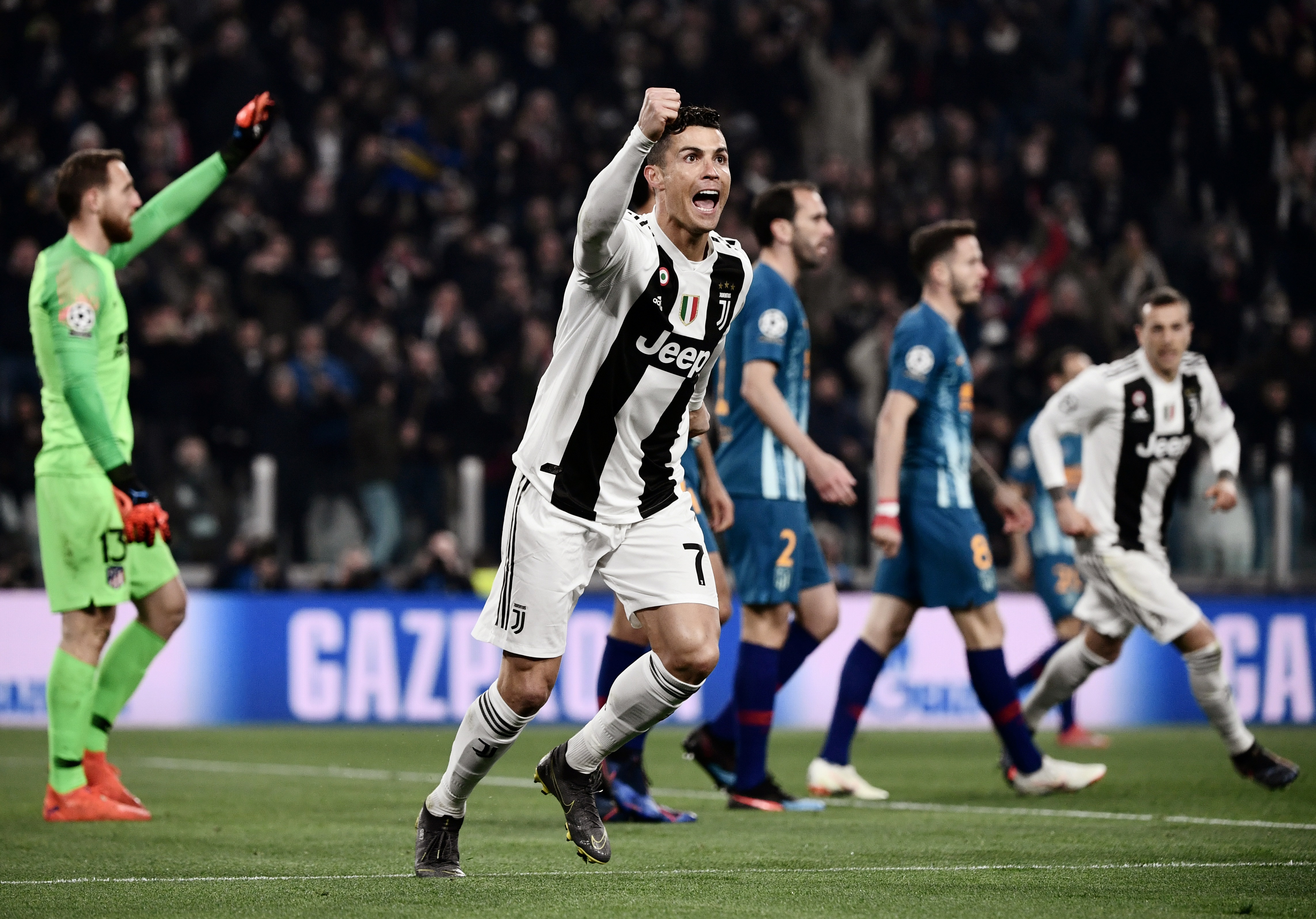6 things we've learned from England's friendly double-header
Chris Flanagan assesses what the Three Lions' friendly fixtures against the Netherlands and Italy have told us
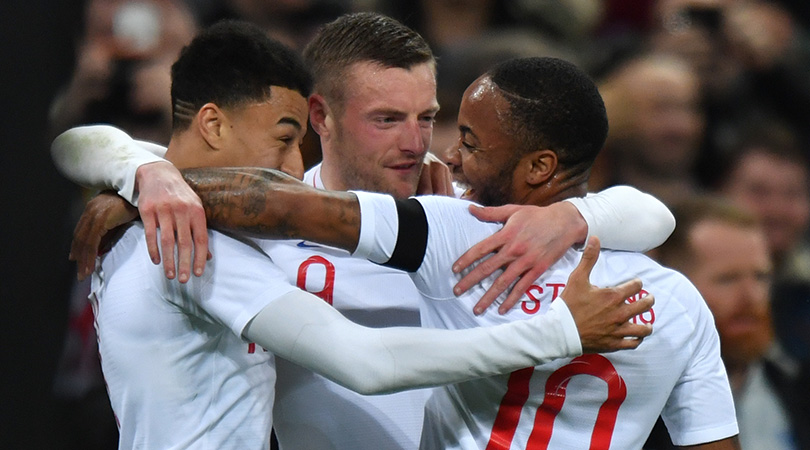
1. Lingard pushing for World Cup start
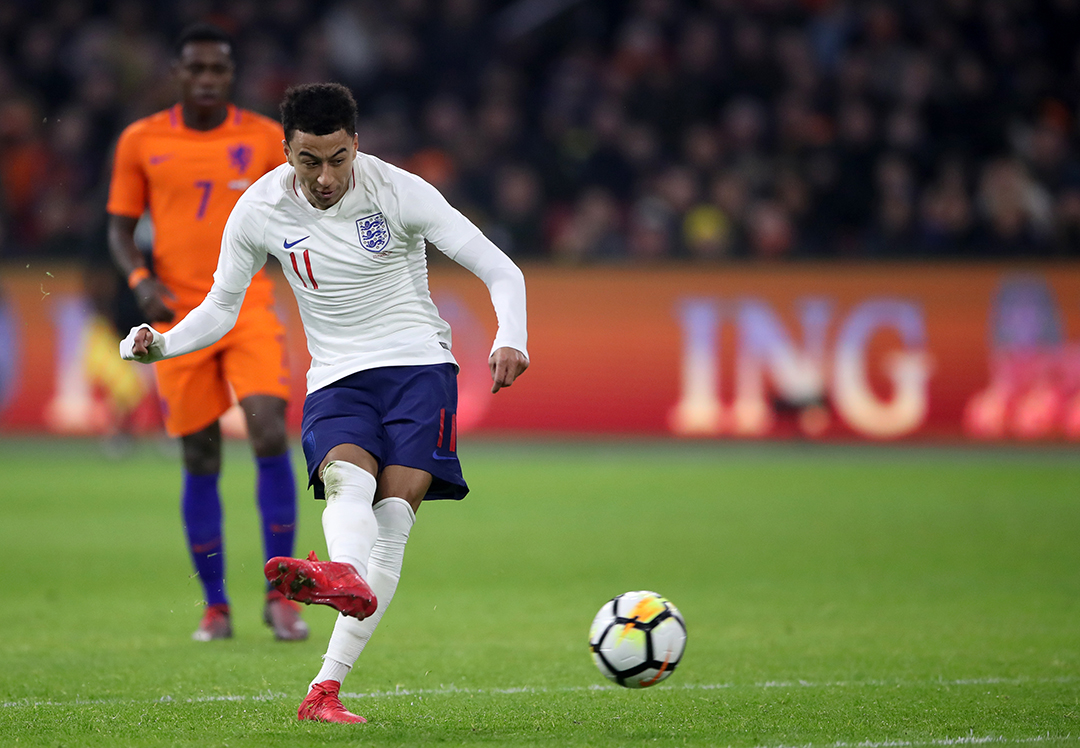
He was the star of England’s friendly double-header. The Manchester United man netted his first international goal to give England victory in Amsterdam on Friday, then showed real awareness to take a quick free kick and provide the assist for Jamie Vardy’s goal against Italy.
Lingard hasn’t always been a regular at club level and has had his detractors since breaking into the first team at Old Trafford, but this has arguably been the best season of his career so far, and now he’s taking that form on to the international stage.
Selected from the start in both of this week’s friendlies, he made the attacking midfield role his own. Providing he continues his promising form at Manchester United, it could be hard for Southgate to leave him out.
2. What now for Dele Alli?
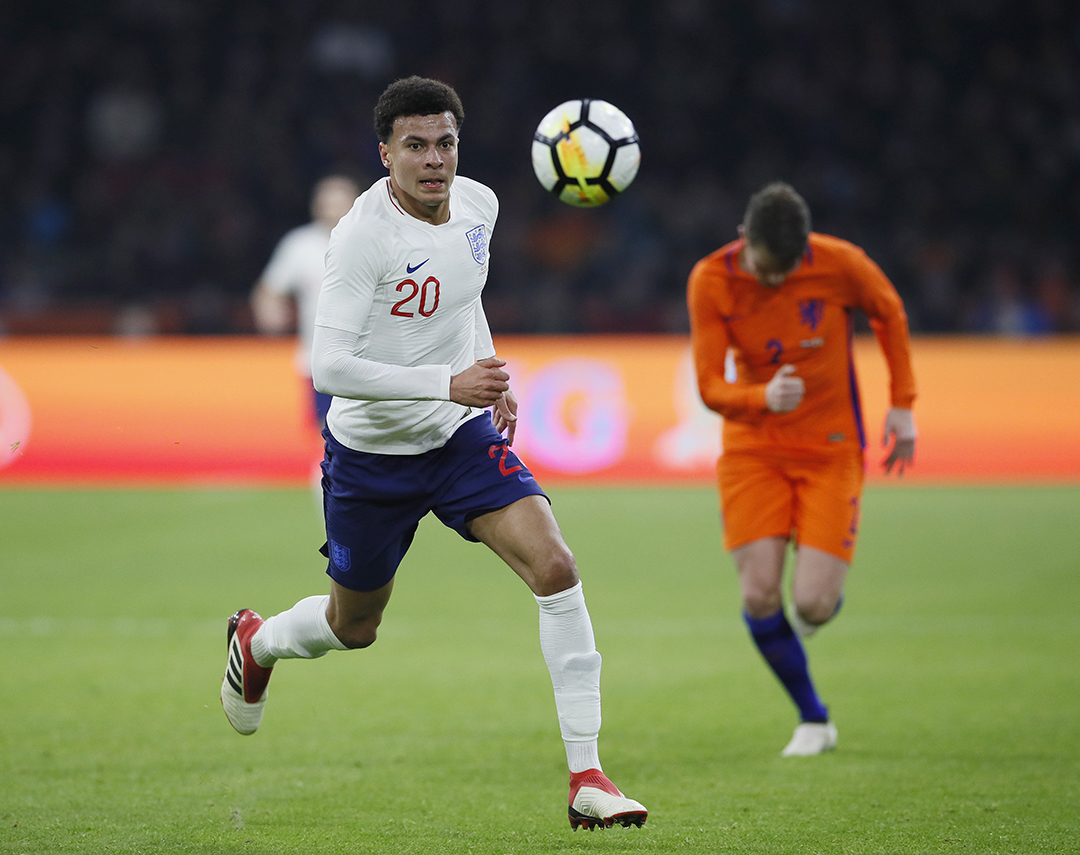
Lingard’s form has come in the position that most would have expected Alli to occupy. As it was, and potentially as a result of Lingard’s performance in Amsterdam, Alli started neither match.
It’s not so long since Alli was hailed as the new great hope of the England team, but Spurs team-mate Harry Kane has well and truly taken over that mantle, and now there are real doubts over whether Alli will start at all.
Get FourFourTwo Newsletter
The best features, fun and footballing quizzes, straight to your inbox every week.
3. Three-man defence is here to stay
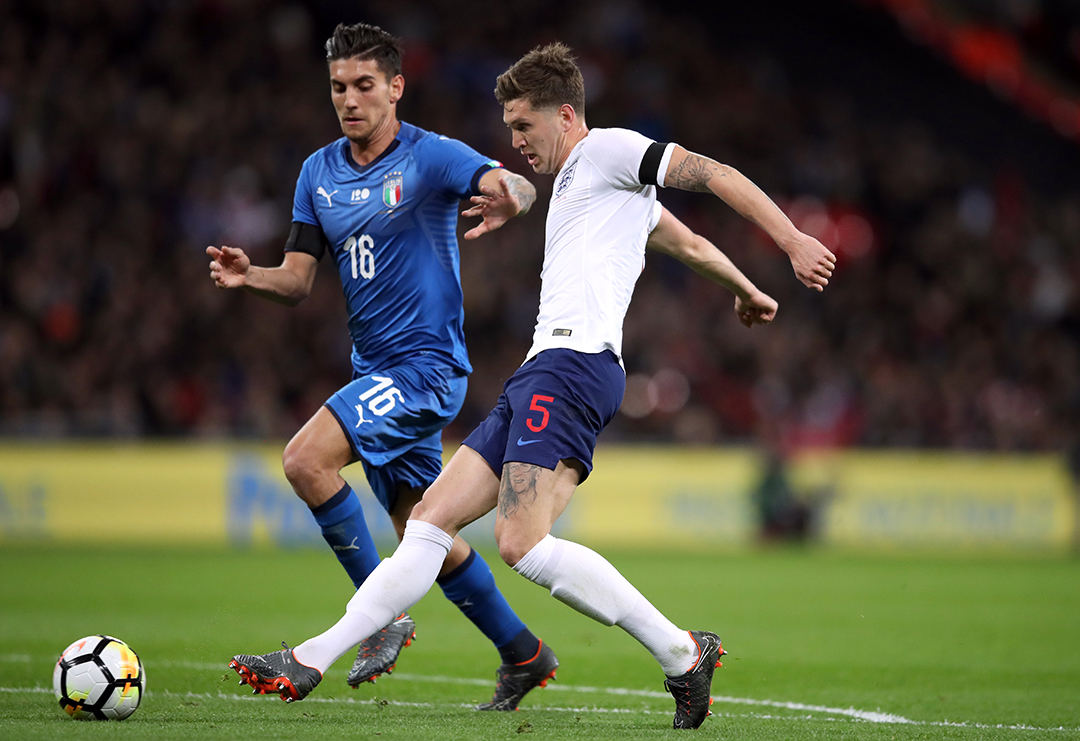
England played with four at the back in all but one of their 10 qualifying matches, but Gareth Southgate first experimented with a three in Germany last March as he toyed with migrating to the formation popularised by Chelsea last season.
The Three Lions lined up with a three-man defence for their last three games of 2017, and the fact that Southgate chose to stick with it for both March friendlies pretty much confirms it’s the shape England will utilise at the World Cup this summer.
Defensively it’s proved fruitful: Italy’s controversial late penalty was the only goal they’ve conceded in five games since they made the switch. With many Premier League sides using the formation in recent times, sporadically at least, most players look comfortable in the system. It also allows John Stones to take on a playmaker role at the back – even if he still loses the ball on occasions, particularly when dispossessed by Ciro Immobile early on against Italy: a moment that England got away with.
4. Kyle Walker really could play central role
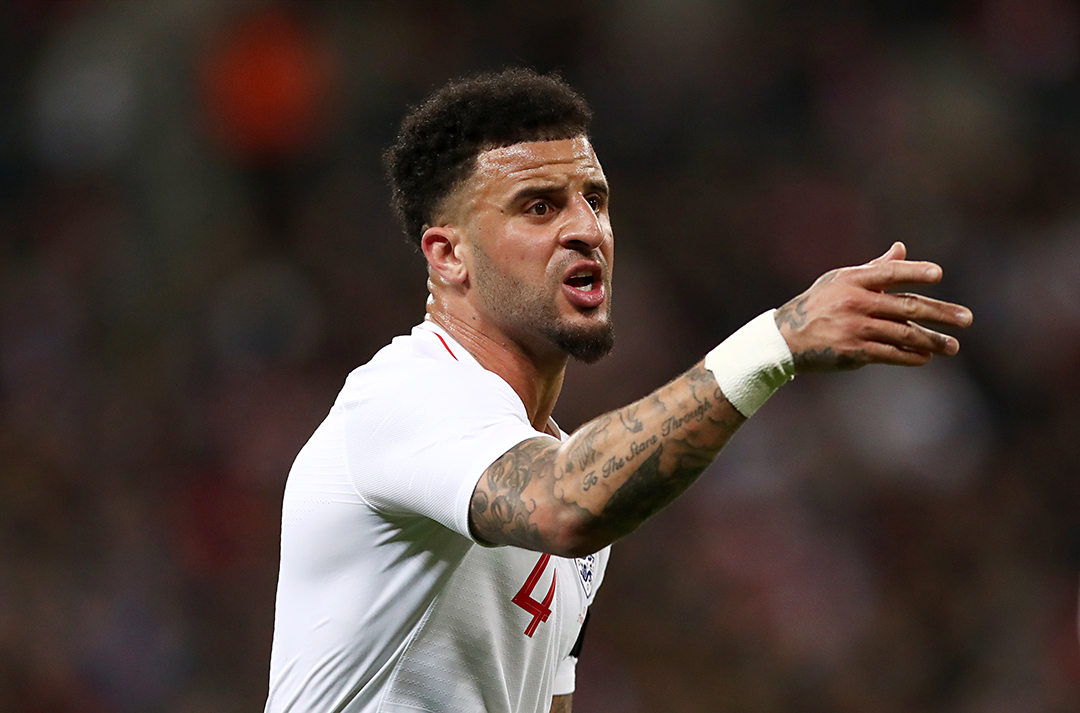
When Gareth Southgate named his team to face the Netherlands on Friday, there was much head-scratching. “Kyle Walker at centre back? Has he gone mad?” was the general gist.
It did seem like a strange selection, given that Walker has played his entire career as a galloping full back. But actually, he didn’t do badly on the right of a back three against both the Dutch and Azzurri. Southgate wants players comfortable in possession in his back three, and Walker is certainly that.
The fact he played the Manchester City defender there not once but twice suggests there’s now a pretty good chance he’ll start there at the World Cup. It may not be his best position, but potentially it could suit this England team better.
5. Sterling can cope without Kane
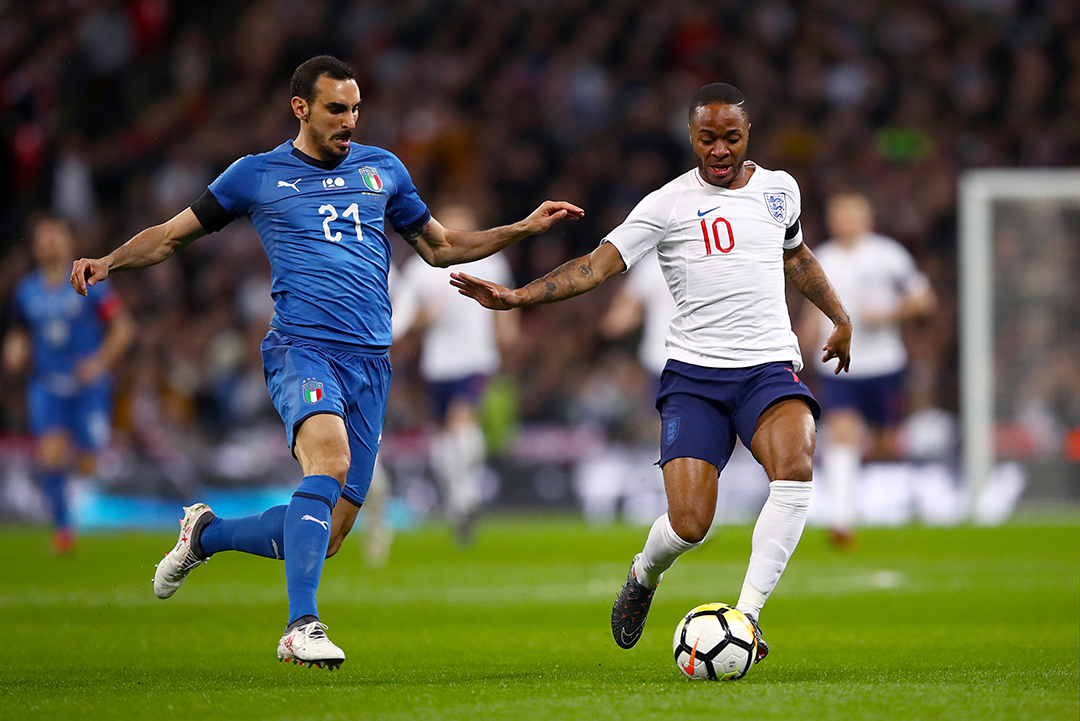
When England played against Slovenia and Lithuania in October, they scored only twice. Harry Kane got both goals. When they faced Germany and Brazil in November, Kane was injured and they didn’t score at all.
England’s attack has seemed worryingly over-reliant on the Spurs hitman, so one wondered whether they’d draw a blank once more with the Spurs striker injured again for these friendlies. Thankfully, they didn’t.
OK, they didn’t create what you’d describe as chances galore, but one of the most encouraging things was Raheem Sterling's form. The Manchester City wideman has had a fine season at club level, but there he’s undoubtedly playing in a better team, among a collection of stars. The focus isn’t on him individually in quite the same way as it was with England in Kane’s absence.
Sterling hasn’t always handled pressure and responsibility brilliantly with England – he was below par at Euro 2016. But against Italy, often given the ball and asked to do something useful with it, he largely did. It was his driving run that won the free-kick leading to Jamie Vardy’s goal, after Italy’s defence took not one but two hacks in an attempt to stop him. His dribbling skills were a threat throughout.
6. It’s up for grabs now
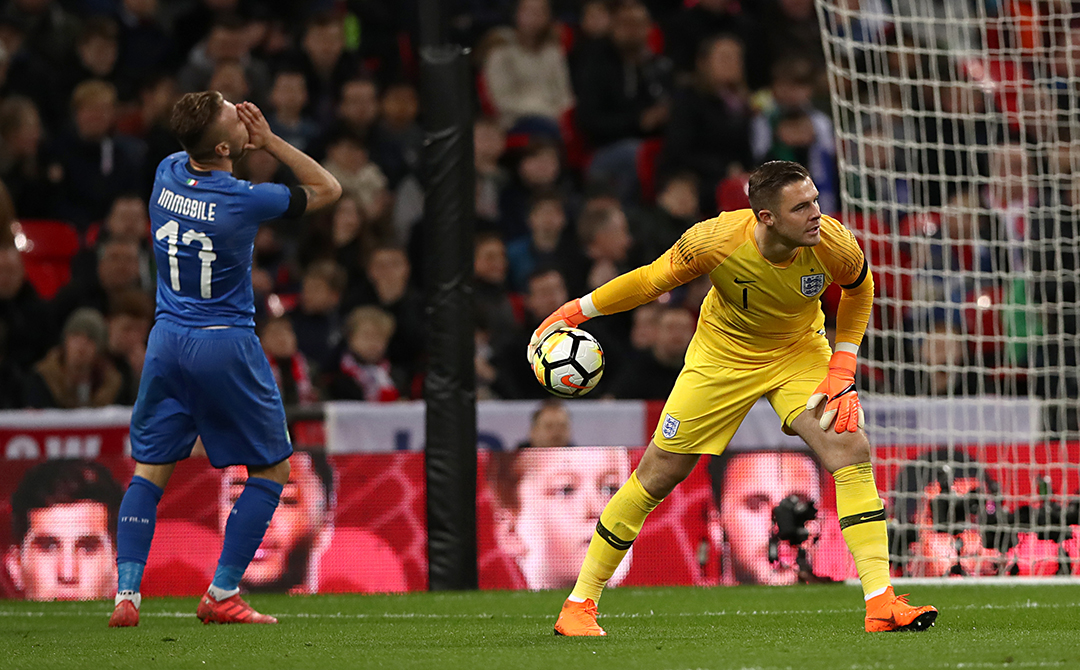
At this stage in the build-up to a major tournament, usually we can be certain of eight or nine of England's starting line-up. Not so this time: there are still very few players who, right now, you’d be willing to bet your house on starting England's first World Cup match, providing they’re injury free.
Harry Kane, of course. Raheem Sterling, certainly. The captain Jordan Henderson, you’d imagine so. Kyle Walker, for sure, in one position or another. It would also be a big surprise if John Stones doesn’t play, providing he gets enough game time with Manchester City in the final weeks of the club campaign.
But who starts alongside Stones at centre-back? Still hard to say. Danny Rose, Ryan Bertrand or Ashley Young at left-wing-back? Alex Oxlade-Chamberlain in midfield? Eric Dier? Jesse Lingard? Dele Alli? Marcus Rashford? It’s all still up in the air.
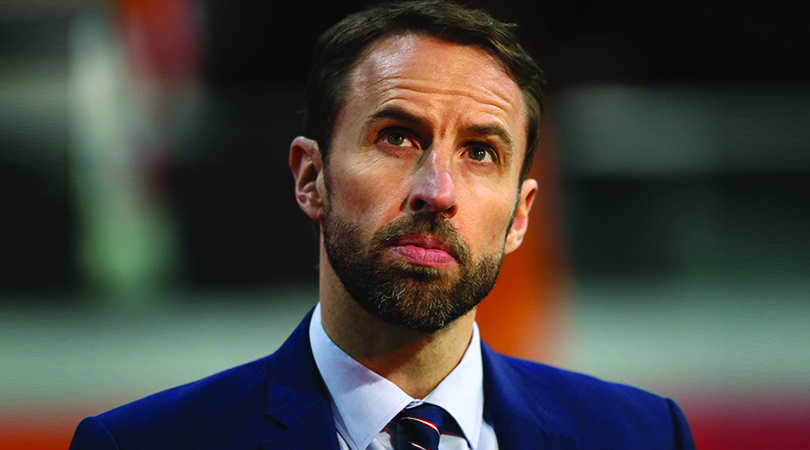
Why Gareth Southgate might just be England’s best manager since Terry Venables
And what about the goalkeeper? Jack Butland didn’t have an awful lot to do against Italy; neither did Jordan Pickford in Amsterdam. The Everton keeper looked comfortable in possession when he lined up against the Netherlands, but also had a shaky moment or two with his handling. Neither keeper ruled themselves out of contention to start the World Cup, but we’re still none the wiser who'll don the jersey against Tunisia on June 18. Don’t rule out Joe Hart either - he'd arguably jump back to the head of the queue if he can revive his form at club level.
If anything, England’s latest two friendlies have made it even harder to guess the line-up for the World Cup. End-of-season club form will probably play a bigger part in selection than for any recent tournament. Given England’s performances at most of those, maybe that’s no bad thing.

Chris joined FourFourTwo in 2015 and has reported from 20 countries, in places as varied as Jerusalem and the Arctic Circle. He's interviewed Pele, Zlatan and Santa Claus (it's a long story), as well as covering the World Cup, Euro 2020 and the Clasico. He previously spent 10 years as a newspaper journalist, and completed the 92 in 2017.
